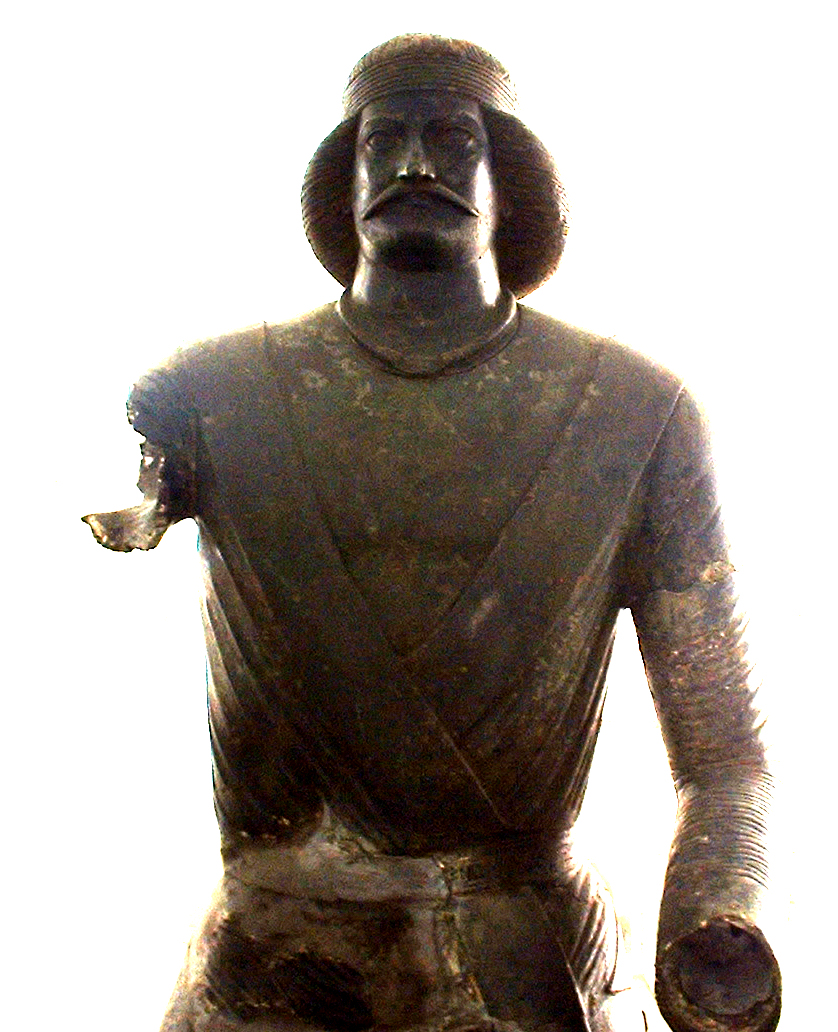I thought I'd share this with everyone. I don't know if the team has seen this one, but it's very nice, and one of the only colour sources I know of for the Saka. This is the most substantial fragment of a very poorly preserved fresco from Old Nisa. One panel shows two groups of horsemen approaching one another, and the one group fleeing on another portion. There are other small fragments of other, more "heroic" horsemen from this fresco, who are thought to represent the Parthians; this guy is one of the defeated horsemen who are fleeing. The most likely camp for this fellow then is the Saka. Probably 2nd-1st C. BC. Note the very interesting shield.






 Reply With Quote
Reply With Quote )
)





Bookmarks